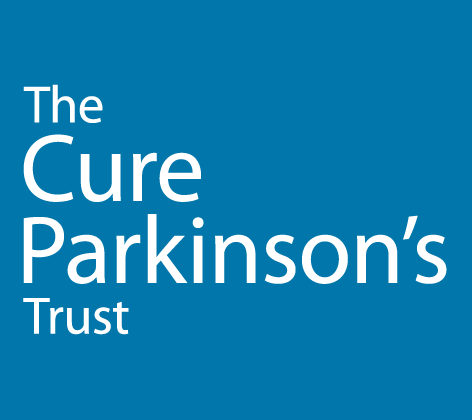Targeting alpha-synuclein through lipid interactions: potential new routes to disease modification in Parkinson’s
The takeaway
Why is it important?
%
IMPACT
- Novelty 73%
- Proximity 63%
- Deliverability 83%
Impact Opinion
Background
GSLs are handled within cells by the glucocerebrosidase (GCase) enzyme. Importantly, mutations in its gene, GBA1, are seen in Gaucher disease as well as a familial form of Parkinson’s. Gaucher disease is a condition caused by excessive GSL build-up in many different types of cells, not just neurons, with a broad range of symptoms.
The details
Not only did researchers succeed in understanding the role of a specific GSL (glucosylceramide – GluCer) in this process, but they also were able to reverse it by reducing GluCer with a drug used to treat type I Gaucher disease. This in turn reduced the amount of alpha-synuclein that misfolded into its toxic form. Importantly, the same results were seen in neurons without a GBA1 mutation, indicating that reducing GSLs as a therapeutic strategy could apply to more forms of Parkinson’s than just this rare genetic variant.
Next steps
Related work
Where can I learn more?
MJFF – Living with Parkinson’s: GBA1
McEachern, K. A., Fung, J., Komarnitsky, S., Siegel, C. S., Chuang, W. L., Hutto, E., . . . Marshall, J. (2007). A specific and potent inhibitor of glucosylceramide synthase for substrate inhibition therapy of Gaucher disease. Mol Genet Metab, 91(3), 259-267. https://www.ncbi.nlm.nih.gov/pubmed/17509920



